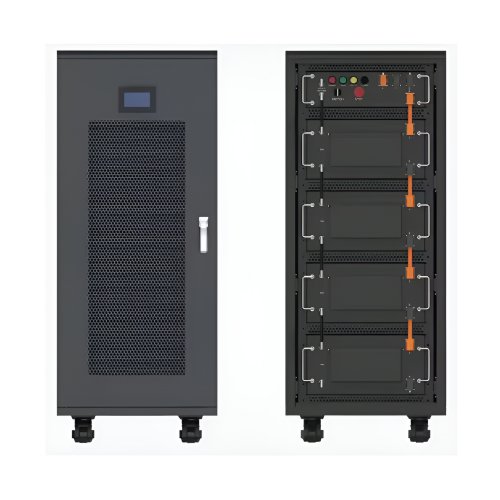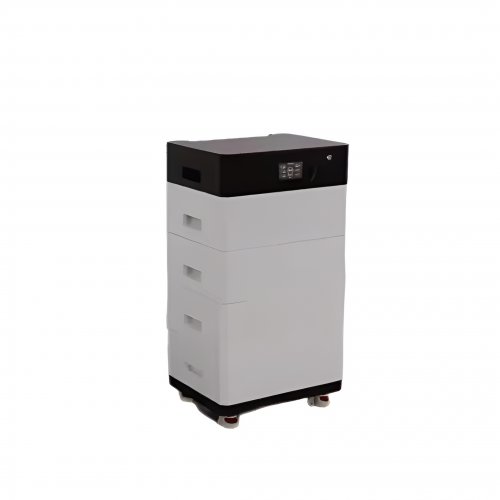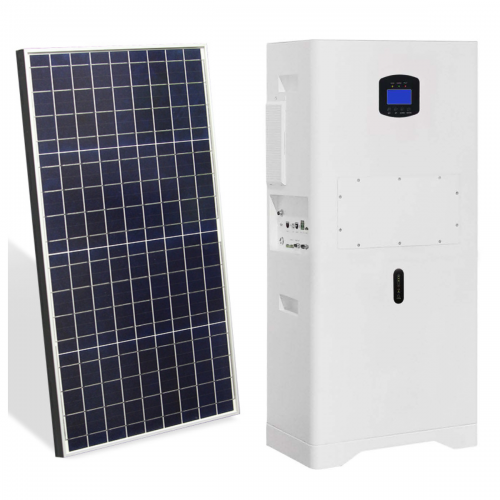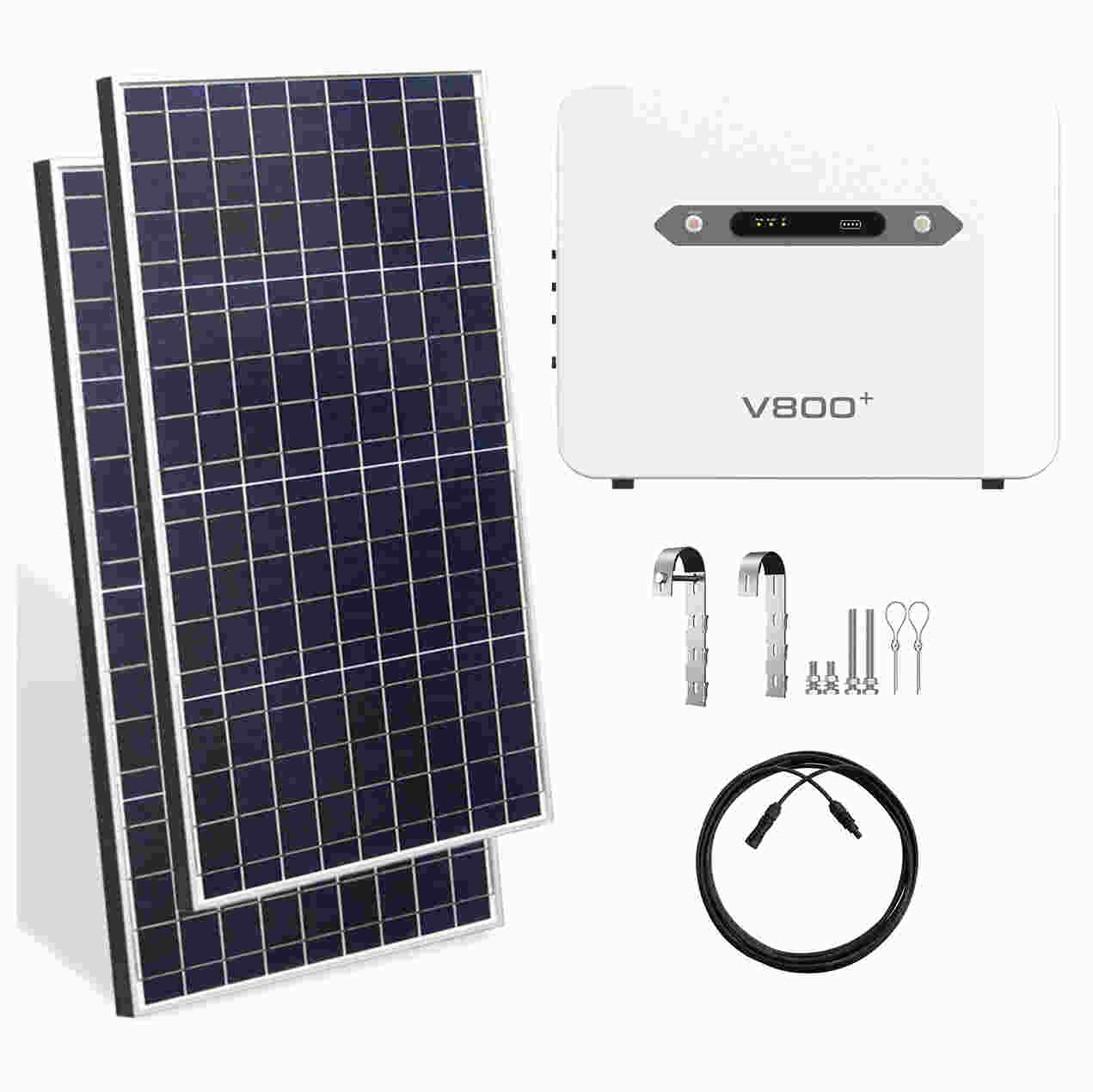Lifepo4 Lifespan Review: Unmatched Longevity And Reliability In Energy Storage
In the rapidly evolving landscape of energy storage, Lithium Iron Phosphate (LiFePO4 or LFP) chemistry has emerged as a frontrunner, primarily due to its exceptional lifespan. This review delves deep into the core characteristic that sets it apart: longevity. We will examine the technology's functionality, its distinct advantages and drawbacks, and contextualize its performance based on real-world application scenarios.
Product Functionality and Core Technology
A LiFePO4 battery is a type of lithium-ion battery that uses lithium iron phosphate as the cathode material. Its primary function is to store electrical energy and release it on demand, powering everything from recreational vehicles and marine applications to solar energy systems and backup power units.
The secret to its remarkable lifespan lies in its inherent chemical stability. Unlike other lithium-ion variants (such as NMC or NCA), the LiFePO4 chemistry features a strong phosphate-oxygen bond. This structure makes it highly resistant to thermal runaway and degradation during charge and discharge cycles. While a standard lead-acid battery might offer 300-500 full cycles before significant capacity loss, a quality LiFePO4 battery is typically rated for 3,000 to 5,000 cycles—and often more—while retaining 80% of its original capacity. This translates to a functional lifespan of 10 to 15 years, far surpassing traditional options.
Furthermore, these batteries are often integrated with a sophisticated Battery Management System (BMS). The BMS is a critical component that actively protects the battery, overseeing crucial parameters like voltage, current, and temperature. It ensures each cell is balanced, prevents overcharging and deep discharging, and operates within a safe temperature range, all of which are vital for achieving the maximum possible lifespan.
Advantages: The Case for Long-Term Value
1. Exceptional Cycle Life: This is the defining advantage. The ability to endure thousands of deep discharge cycles makes LiFePO4 an economically superior choice over the long term. The higher initial investment is amortized over many more years of service, reducing the cost per cycle significantly. 2. Enhanced Safety: The stable chemistry minimizes the risk of fire or explosion, even under stressful conditions like overcharging or physical damage. This makes it a safer option for home energy storage and mobile applications. 3. High Efficiency: LiFePO4 batteries exhibit very low internal resistance, leading to high charge and discharge efficiency. They can accept a charge much faster than lead-acid batteries and deliver more of their stored energy with less loss to heat. 4. Maintenance-Free Operation: Unlike lead-acid batteries that require regular watering, equalization charges, and strict avoidance of deep discharges, LiFePO4 batteries are truly "set and forget." The BMS handles all the necessary protection. 5. Consistent Power Delivery: They maintain a stable voltage output throughout most of the discharge cycle (a flat discharge curve), meaning connected devices receive consistent power until the battery is nearly depleted.
Disadvantages: The Practical Considerations
1. Higher Upfront Cost: The most significant barrier to entry is the initial purchase price. A LiFePO4 battery system can cost two to three times more than a comparable lead-acid battery bank. However, this must be evaluated against its vastly longer service life. 2. Heavier Weight: While offering a better energy density than lead-acid, LiFePO4 is actually less energy-dense than other lithium-ion chemistries like NMC. This means for the same capacity, an LFP battery can be slightly larger and heavier than an NMC alternative, though still far lighter than lead-acid. 3. Performance in Extreme Cold: While generally robust, LiFePO4 batteries cannot be charged at temperatures below freezing (0°C / 32°F) without an integrated heating system. Discharging at low temperatures is possible but with reduced capacity. This requires consideration for off-grid applications in cold climates. 4. Complex Diagnostics: While maintenance-free, if an issue does arise, diagnosing it often requires interfacing with the BMS via proprietary software or apps, which can be less straightforward than testing a simple lead-acid battery.
Actual Usage Experience
In practical terms, the long lifespan of LiFePO4 batteries fundamentally changes the user experience. For an RV owner, it means years of reliable power without the anxiety of quickly depleting a lead-acid battery. The ability to regularly use 80-90% of the rated capacity, instead of being limited to 50% with lead-acid, effectively doubles the usable power from day one.
In a solar installation, users report a "fit and forget" reliability. The batteries seamlessly handle daily charge/discharge cycles with no noticeable degradation in performance year after year. The lack of maintenance is a frequently cited benefit, eliminating a recurring chore.
The real-world experience often confirms the manufacturer's cycle life claims. Many users operating these batteries for 5+ years report minimal capacity loss, instilling confidence in the long-term investment. The stable voltage is also appreciated, as appliances like refrigerators and inverters run more efficiently and quietly without suffering from the declining voltage of a draining lead-acid battery.
Conclusion
The LiFePO4 battery is not just a product; it's a long-term energy solution. Its unparalleled lifespan is its most compelling feature, justifying its premium price tag through superior durability, safety, and operational efficiency. While the initial cost and cold-weather charging limitations are valid considerations, they are often outweighed by the decade-plus of reliable, maintenance-free service.
For any user whose priority is total cost of ownership, safety, and reliability over a period of many years, LiFePO4 technology stands as the objective and rational choice in the energy storage market. It is a testament to the idea that buying quality once is better than buying mediocrity repeatedly.
Customized/OEM/ODM Service
HomSolar Supports Lifepo4 battery pack customization/OEM/ODM service, welcome to contact us and tell us your needs.


HomSolar: Your One-stop LiFePO4 Battery Pack & ESS Solution Manufacturer
Our line of LiFePO4 (LFP) batteries offer a solution to demanding applications that require a lighter weight, longer life, and higher capacity battery. Features include advanced battery management systems (BMS), Bluetooth® communication and active intelligent monitoring.

Customised Lithium Iron Phosphate Battery Casing
ABS plastic housing, aluminium housing, stainless steel housing and iron housing are available, and can also be designed and customised according to your needs.

HomSolar Smart BMS
Intelligent Battery Management System for HomSolar Energy Storage System. Bluetooth, temperature sensor, LCD display, CAN interface, UART interface also available.


Terminals & Plugs Can Be Customized
A wide range of terminals and plugs can be customised to suit the application needs of your battery products.

Well-designed Solutions for Energy Storage Systems
We will design the perfect energy storage system solution according to your needs, so that you can easily solve the specific industry applications of battery products.



About Our Battery Cells
Our energy storage system products use brand new grade A LiFePO4 cells with a battery lifespan of more than 4,000 charge/discharge cycles.



Applications in Different Industries
We supply customized & OEM battery pack, assemble cells with wiring, fuse and plastic cover, all the cell wires connected to PCB plug or built BMS.
Applications: E-bike, Electric Scooter, Golf Carts, RV, Electric Wheelchair, Electric Tools, Robot Cleaner, Robot Sweeper, Solar Energy Storage System, Emergency Light, Solar Power Light, Medical Equipment, UPS Backup Power Supply.
We can provide you with customized services. We have the ability to provide a vertical supply chain, from single cells to pack/module and to a complete power solution with BMS, etc.


HomSolar (Shenzhen) Technology Co., Ltd
























